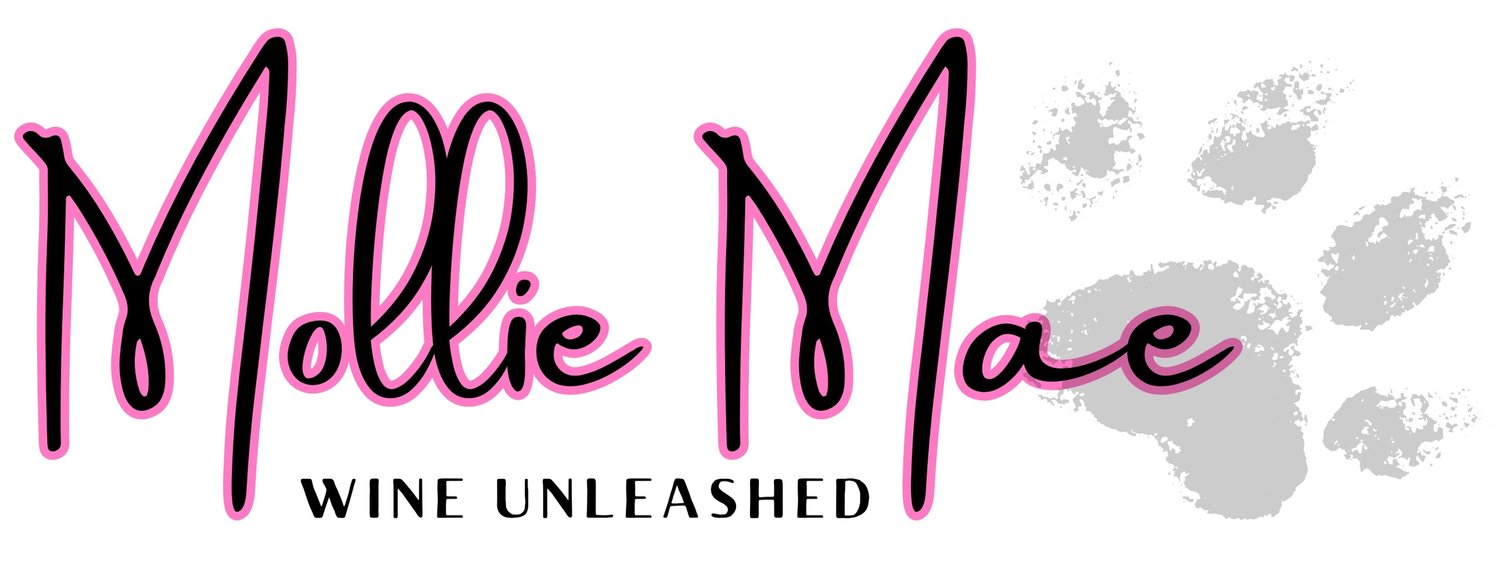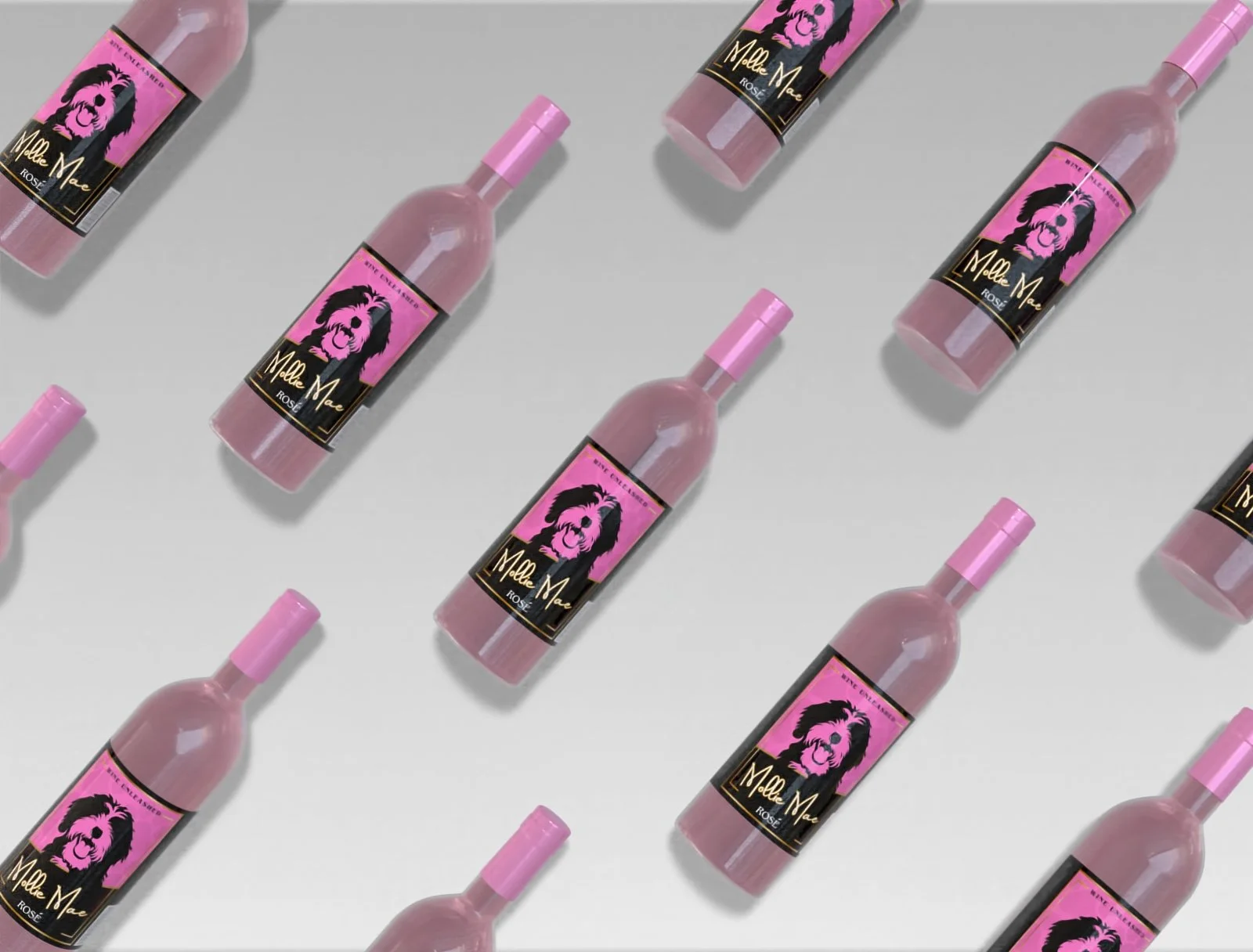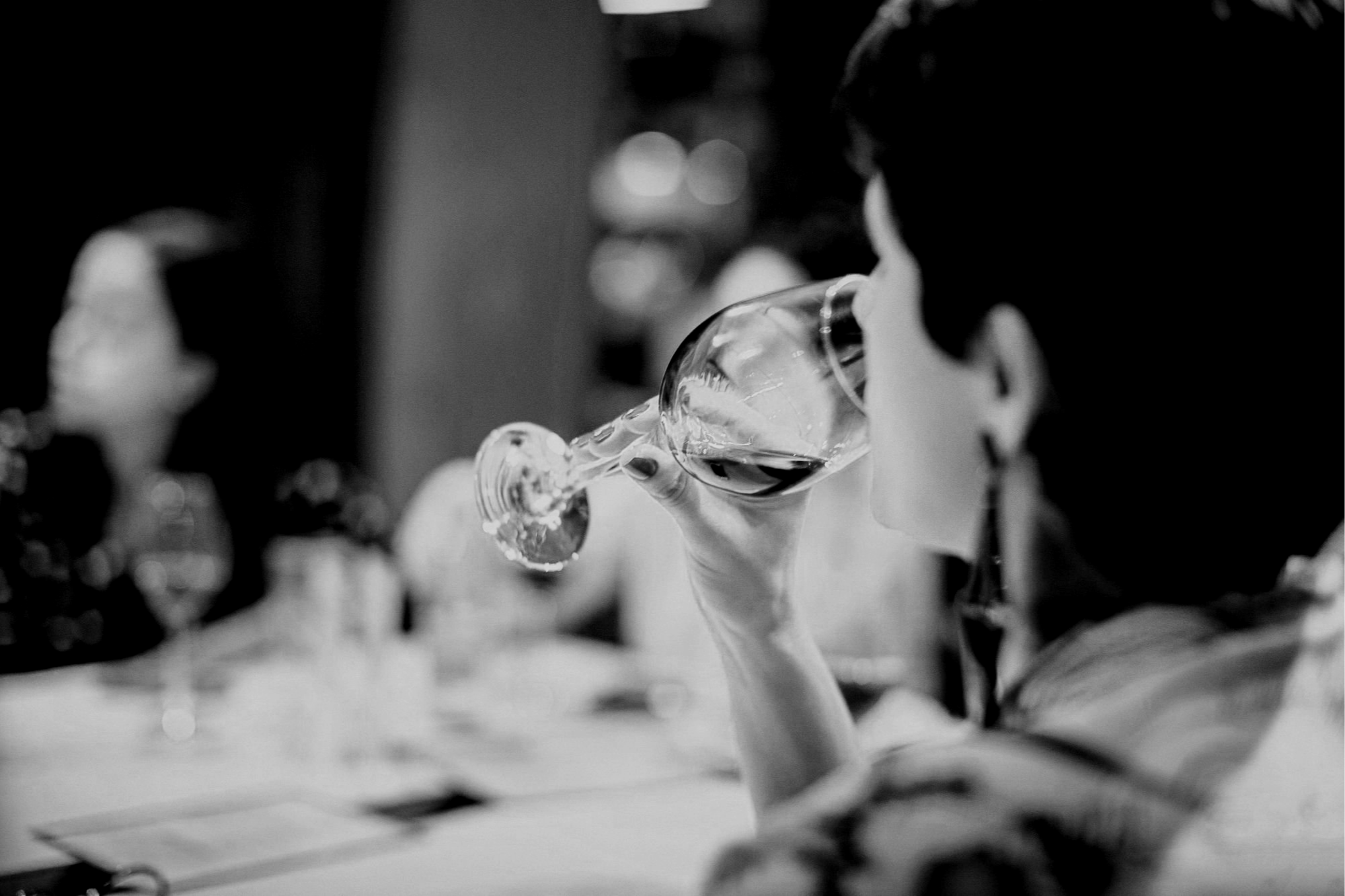Mollie Mae
Rosé
Light. Lovely. Pink perfection.
Underappreciated in the fine wine world - right at home in the party wine world.
At Mollie Mae Wines, we like to think of Rosé as sunshine in a bottle—light, flirty, and always up for a good time. Whether you're lounging on a patio, packing a picnic, or just need a midweek mood boost, this pink beauty delivers crisp, refreshing vibes with every sip.
Made from sun-kissed California grapes and crafted with care, our dry Rosé isn’t overly sweet—it’s perfectly balanced with notes of strawberry, watermelon, and a wink of citrus. It’s the kind of wine that makes you smile before the glass even hits your lips.
Rosé is what happens when winemakers decide to have a little fun. Technically, it's made from red grapes, but the skins only hang out with the juice for a short time—just enough to give it that gorgeous blush color. It's refreshing, fruity, and often the life of the party (kind of like our dog, Mollie Mae).
Whether you're sipping poolside, pairing with picnic fare, or just in the mood for something light and bright, Rosé delivers a crisp, vibrant experience that’s hard not to love.
So... What Is Rosé?
Tasting Notes
Mollie Mae’s Rosé is refreshingly dry, with playful notes of strawberry, watermelon, citrus zest, and sometimes a little rose petal or herb—it’s like summer in a glass. You might even pick up hints of white peach or raspberry, depending on the grape varietals used.
Pro tip: If you're tasting sweetness, it’s probably just the fruit talking. Most high-quality Rosés are actually quite dry.
Rosé is the MVP of food pairings. Why? Because it’s incredibly versatile. Here’s what we love to pair it with:
Grilled shrimp or salmon
Caprese salad with fresh basil and mozzarella
Prosciutto and melon (hello, brunch!)
Spicy tacos or Thai takeout
Strawberry shortcake or lemon tarts
It’s also the unofficial wine of backyard barbecues and cheese boards with friends.
Food Pairings for People Who Eat
Let’s break it down—Rosé isn’t just a pink wine. It’s a craft. Most Rosé wines are made using one of the following methods:
Direct Pressing: Red grapes are gently pressed and the juice is separated from the skins quickly, resulting in a pale pink hue.
Maceration: The juice soaks with the red skins briefly (we’re talking hours, not days), soaking up just enough color and flavor.
Saignée ("San-yay"): A portion of red wine is “bled off” early in the winemaking process, resulting in a concentrated red wine and a bonus Rosé.
Fun fact: Rosé is not made by mixing red and white wines together (at least not in quality winemaking—not on our watch).
How is Rosé Made?
FAQs
-
At Mollie Mae Wines, our Rosé is dry, bright, and totally crushable. Some mass-market Rosés lean sweet, but we prefer the refreshing, balanced approach that makes our version perfect for all-day sipping.
-
Neither. Rosé is its own delicious category, made from red grapes but crafted like a white wine. It’s the best of both worlds—light, fruity, and fabulous
-
That blushing pink comes from the grape skins. They’re only left in contact with the juice for a short time—just enough to tint the wine without turning it red.
-
Rosé is meant to be enjoyed young and fresh. You can age some high-end Rosés, but ours is happiest when chilled and poured within a few years of release.
-
Cold, please. Stick your bottle in the fridge for a few hours, or in an ice bucket for about 30 minutes before serving. Ideal temp: around 45–55°F.




